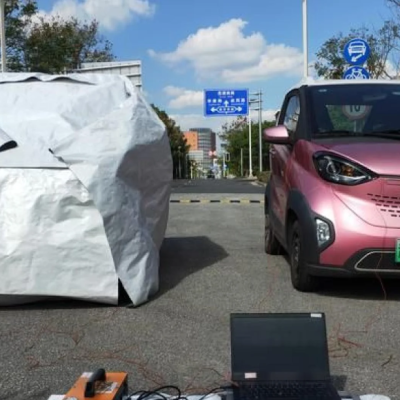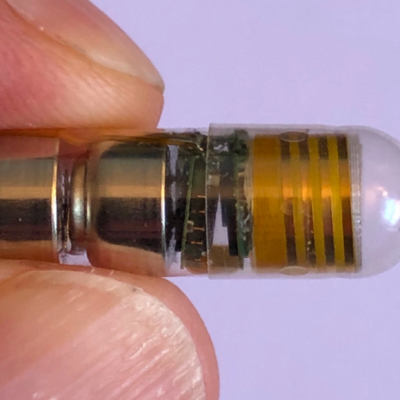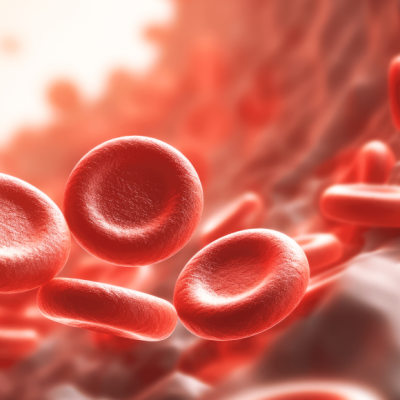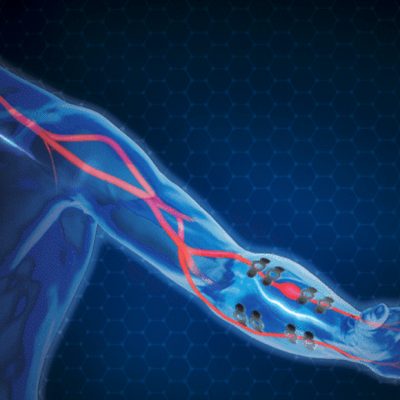Smartphone Sensor Data Can Monitor Bridges, Extending Their Lifespan
Bridges around the world are approaching the end of their lifespan, posing a threat to people’s safety and economic growth. To address this issue, scientists at the Senseable City Laboratory of the Massachusetts Institute of Technology (MIT) have been researching whether and how the condition of bridges can be monitored using smartphone sensor data as part of the “Good Vibrations” project since 2018. The team, led by Thomas J. Matarazzo, found that the vibrations recorded by a smartphone during a drive can provide insight into the construction status of a bridge.
In an experiment conducted on the Golden Gate Bridge in San Francisco, the researchers recorded vibrations during 102 bridge crossings using an iPhone 5 and an iPhone 6. They also analyzed data from 72 Uber taxi rides, which measured data at a much higher speed using 19 different smartphones. The analysis showed that both methods provided data of similar quality to that of the sensors installed on the bridge. The researchers also found that the smartphone sensor data provided accurate information on the construction status of shorter bridges in Italy that were crossed 250 times each.
The study’s authors suggest that crowdsourcing such vibration recordings can extend the lifespan of many bridges. The data can help with the constant monitoring of the construction status of bridges, particularly those without built-in sensors, and complement the usual inspections by professionals. According to the researchers, analyzing thousands of rides per day can increase the lifespan of a normal bridge by 14 years without incurring additional costs.
In conclusion, the use of smartphone sensor data to monitor bridges can significantly extend their lifespan without additional costs. The study’s findings provide a promising solution to the problem of aging bridges and the potential risks they pose to people’s safety and economic growth.










